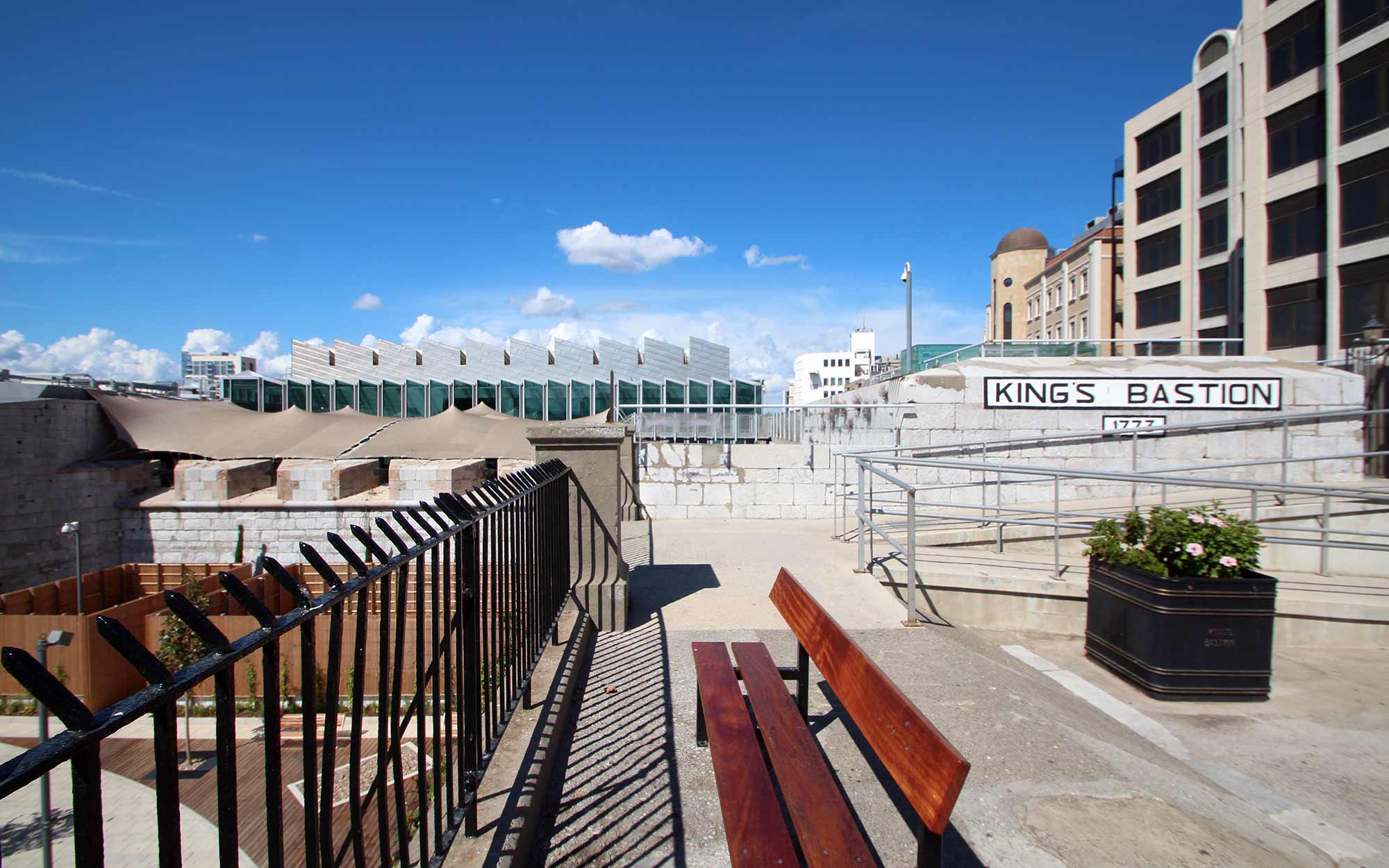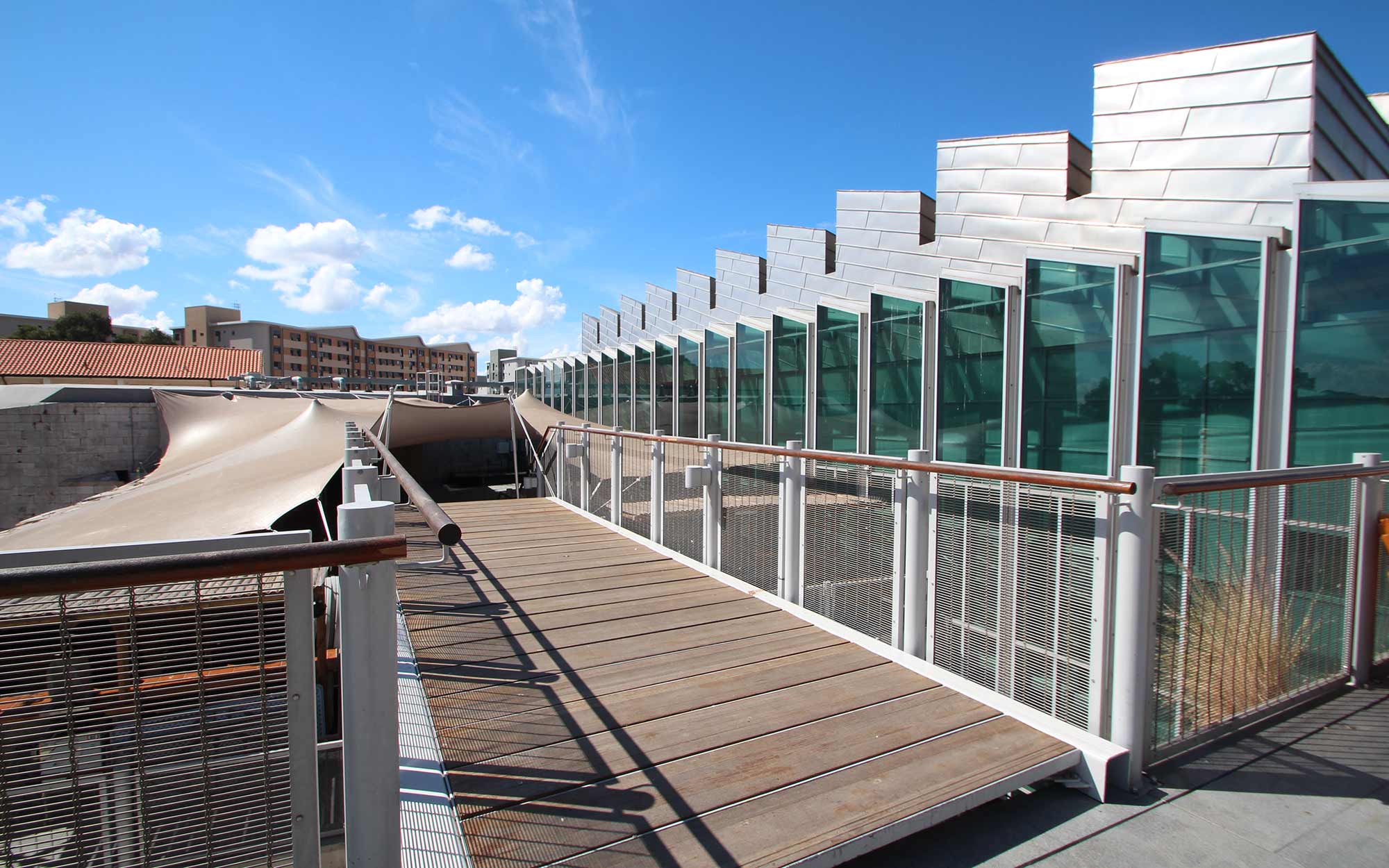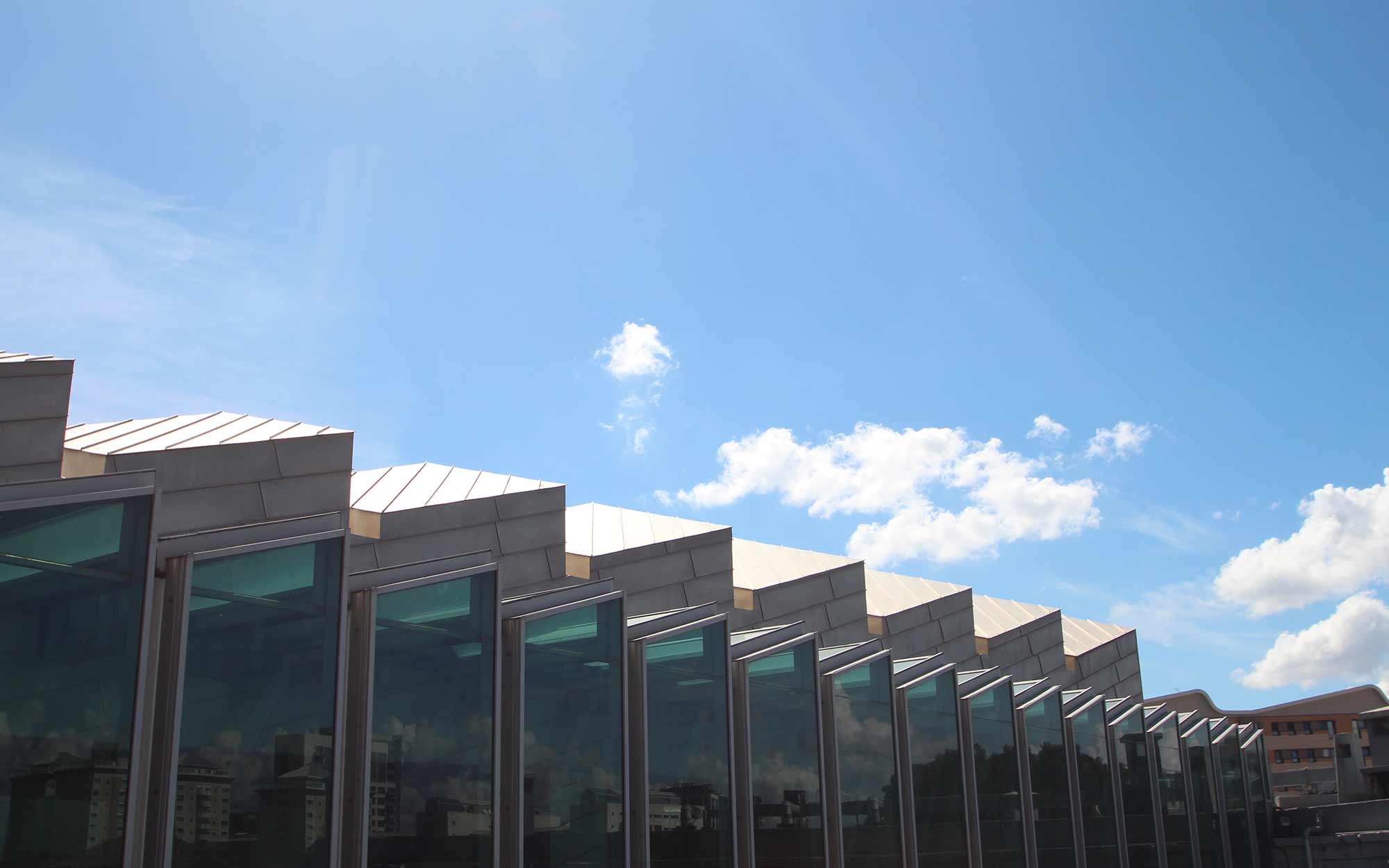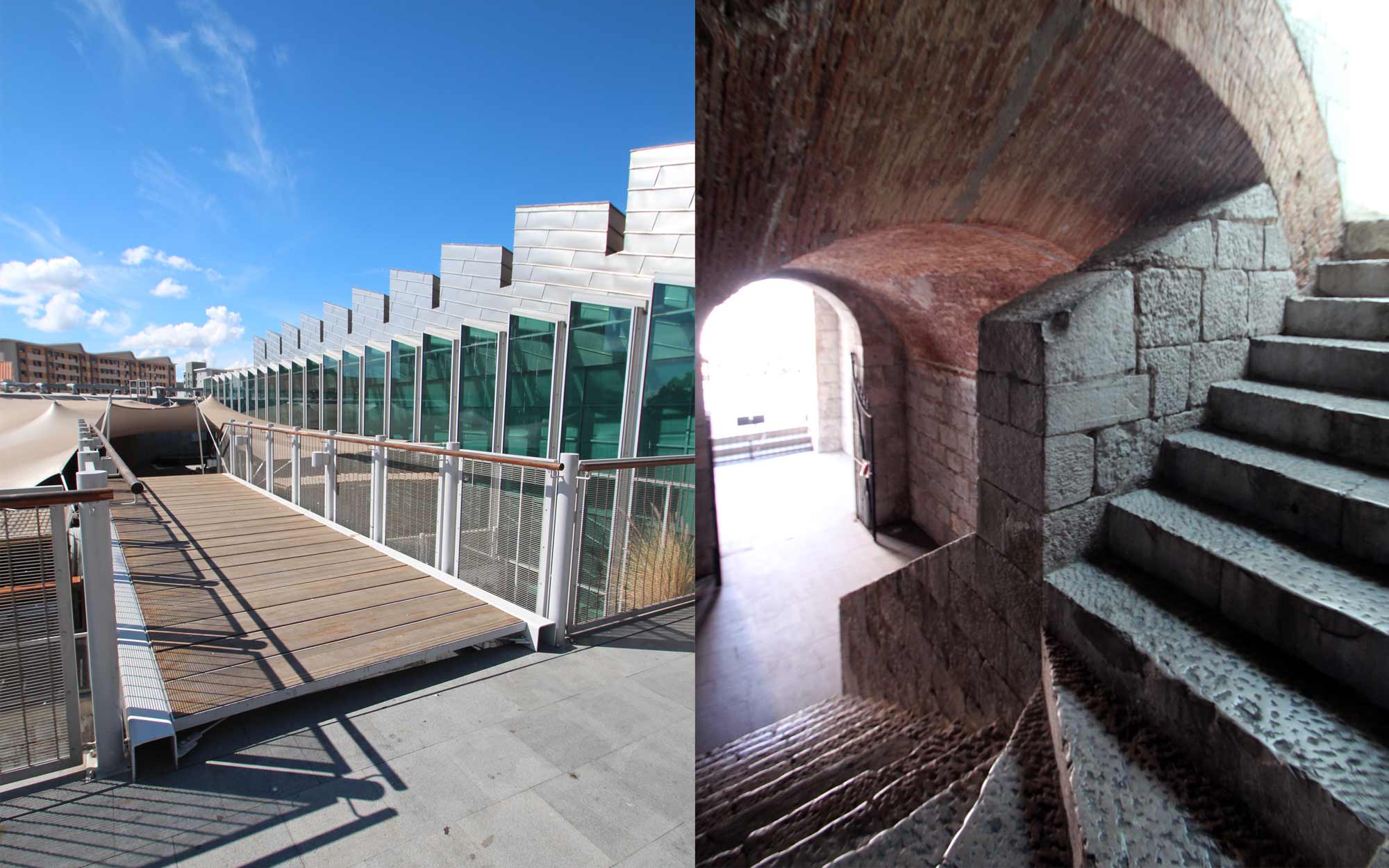History
When the King’s Bastion was built, it was the most important defensive position in the Rock’s westerly defences. Its form was based on the tradition of bastion fortification, a large arrow headed construction, projecting from the curtain wall. The land in front of the Bastion was reclaimed much later, at the beginning of the 20th Century as part of the works for Gibraltar’s new dockyard. The location of the King’s Bastion is significant in that it could command the majority of the length of Gibraltar’s western sea defences, and nearby anchorages. It also housed casemates, which were ideal as barrack accommodation, and it is therefore understandable that this Bastion became the command post during the attacks of the Franco- Spanish floating batteries on 13th Sept, 1782.
The King’s Bastion has evolved over the centuries, keeping pace with new military technology and the needs of the community.
By 1859, the Bastion mounted twenty five guns: seventeen 32 pounders (pdrs), two 10-inch howitzers and six 8-inch smooth bore guns. Probably the most significant alteration was made in 1874 when the embrasures along front faces of the bastion were removed to mount a total of 5 Rifled Muzzle-Loading (RML) guns. By 1878 all five guns were finally in place and remained in commission until 1902. By this time the bastion’s many casemates were no longer used as accommodation, but now housed coal stores and one of Gibraltar’s first electricity generating stations.
In preparation for the 20th Century military conflicts, the bastion was altered once again. A number of concrete bunkers were constructed on its stone walls. The bastion functioned as a look out post and also mounted a 6-pdr 6cwt anti-tank gun. In later, more peaceful, years the bastion assumed the duties of a saluting battery for 25-pdrs.
In the 1960s the Bastion’s military use came to an end and was again modified, this time to house Gibraltar’s new power generating station. The station was designed by local architect Natalio Langdon, and was opened in October 1961. After closing down in the 1990s, the decision was taken to demolish it in 2005, so as to re-expose the original bastion.
Today, the bastion has been totally redeveloped into one of Gibraltar’s premiere leisure facilities, the latest lease of life for this 235 year old monument.
Opening Hours:
Monday to Friday: 09:00am - 12:00am (Midnight)





